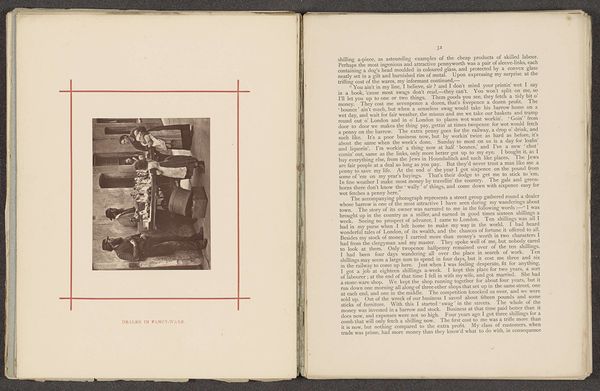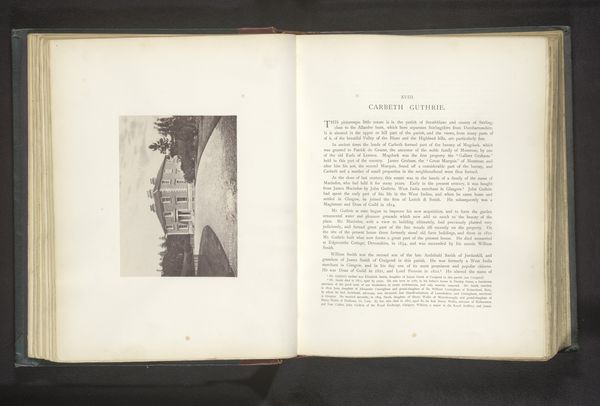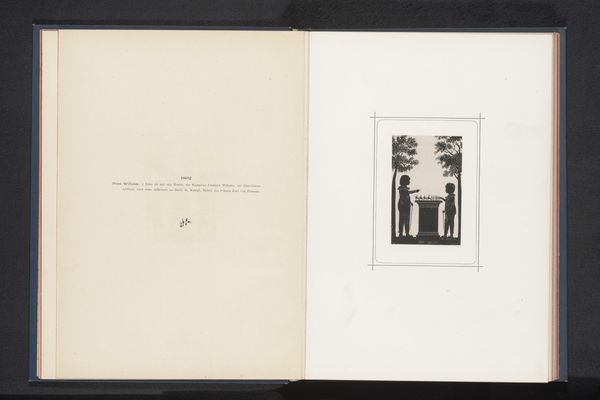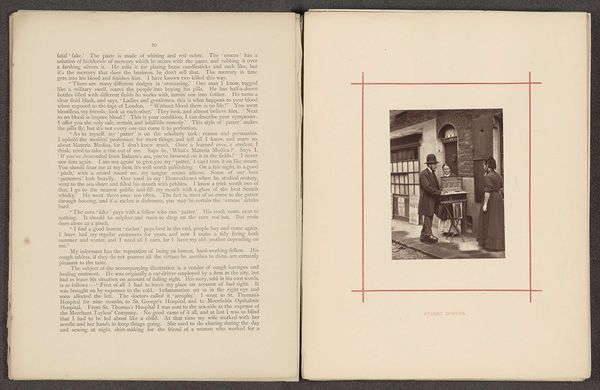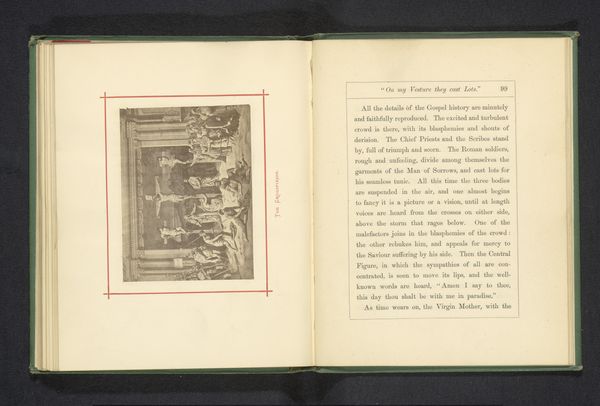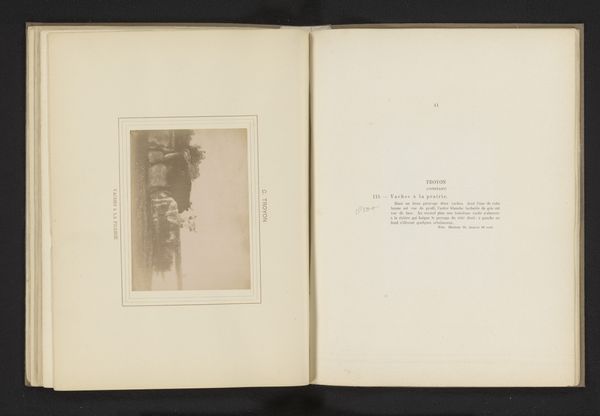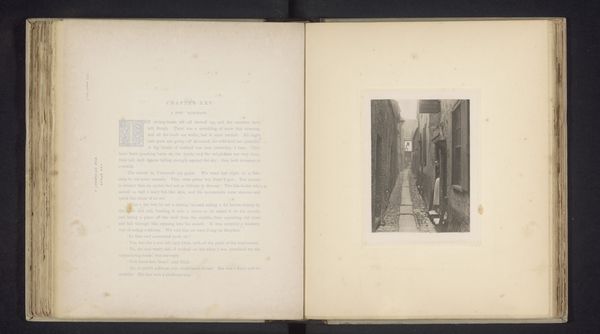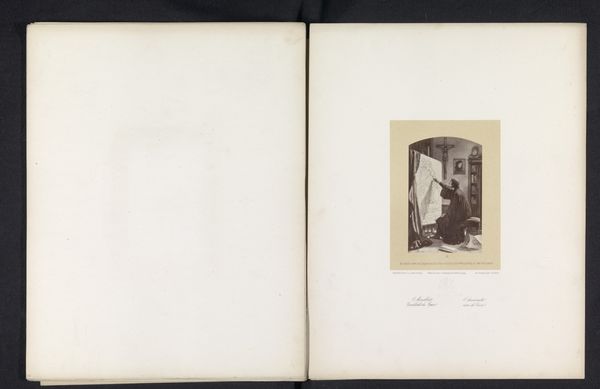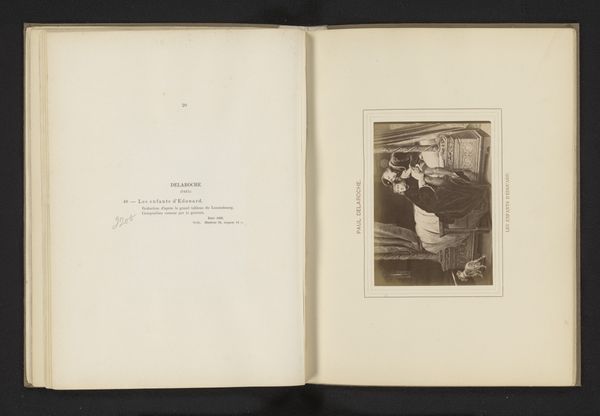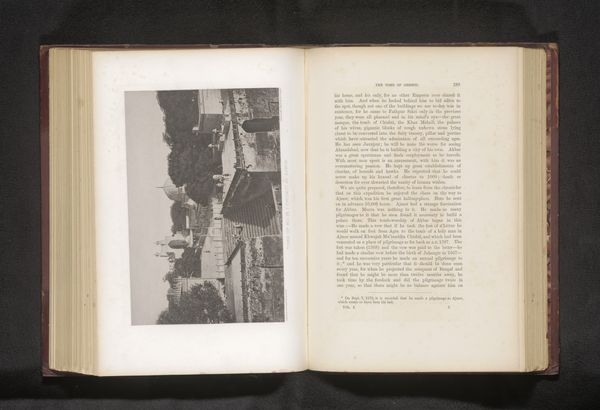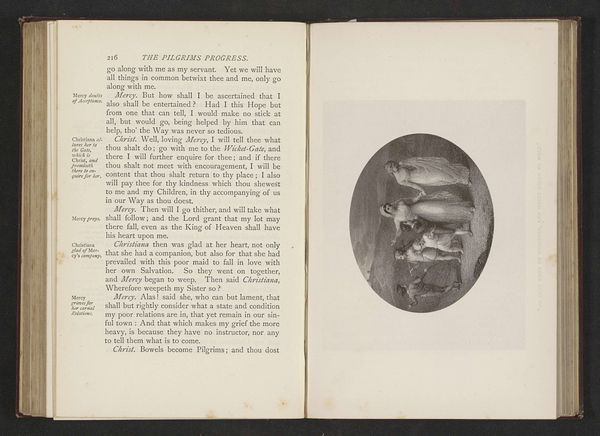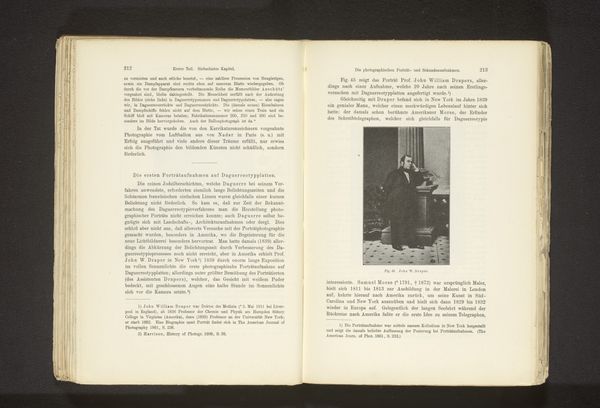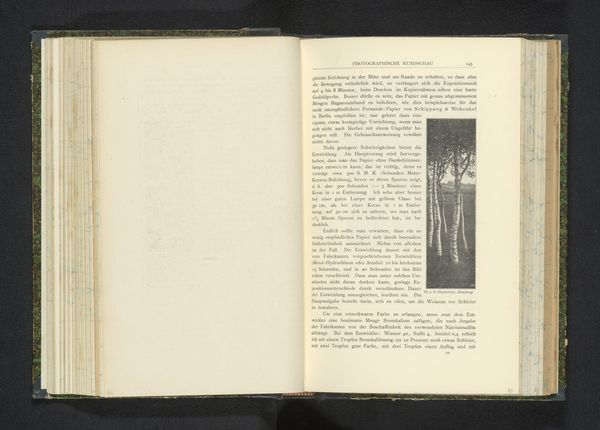
photography, gelatin-silver-print
#
portrait
#
photography
#
gelatin-silver-print
#
genre-painting
Dimensions: height 92 mm, width 58 mm
Copyright: Rijks Museum: Open Domain
Curator: Here we have a photograph titled "The Temperance Sweep," taken by John Thomson before 1877. It's a gelatin silver print, categorized as genre painting. My first impression is that the lighting feels so deliberate, almost theatrical. What stands out to you initially? Editor: Immediately, I'm drawn to the textures and materials. Look at the roughspun cloth of the sweep's clothing, contrasted with what appears to be the plastered surface behind him. There's an evident social narrative embedded here. Consider the materials—gelatin silver print, a relatively accessible medium at the time allowing for wider distribution and commentary. Curator: The title "The Temperance Sweep" suggests the sweep is sober, honest. Editor: Exactly! The photographic medium lends itself to recording social types. Think about what "temperance" signaled during this era. The sweep’s worn attire suggests labor, but it could also imply a moral position, a resistance to the ills of working-class life, of course! Curator: I hadn't considered the idea that his work clothes may have carried multiple meanings. As a viewer, what I'm also seeing is the suggestion of an almost noble stoicism in his gaze and bearing, a stark contrast to any notion of a dissolute lifestyle. Editor: I’d argue this isn't solely about personal morality, but it also becomes a question of economics and material realities. Was “temperance” a personal choice or a social necessity driven by poverty? These choices manifest materially in the world, visible in the textures Thomson captures. This print’s function, then, moves beyond a simple portrait; it critiques societal pressures of its time. Curator: That's insightful, indeed. It's almost as if Thomson is using the photograph as a social document, recording not just the image but also the implied narratives of class and morality, and perhaps creating social and political debates for his target viewer, the urban middle class. Editor: So, this image reminds us how the artist worked both documenting a specific historical setting but also engaging with prevailing ideas. Now I'm left pondering this man’s individual experience, navigating larger cultural pressures. Curator: And that simple fact reveals the incredible complexity present in this deceptively modest work.
Comments
No comments
Be the first to comment and join the conversation on the ultimate creative platform.
